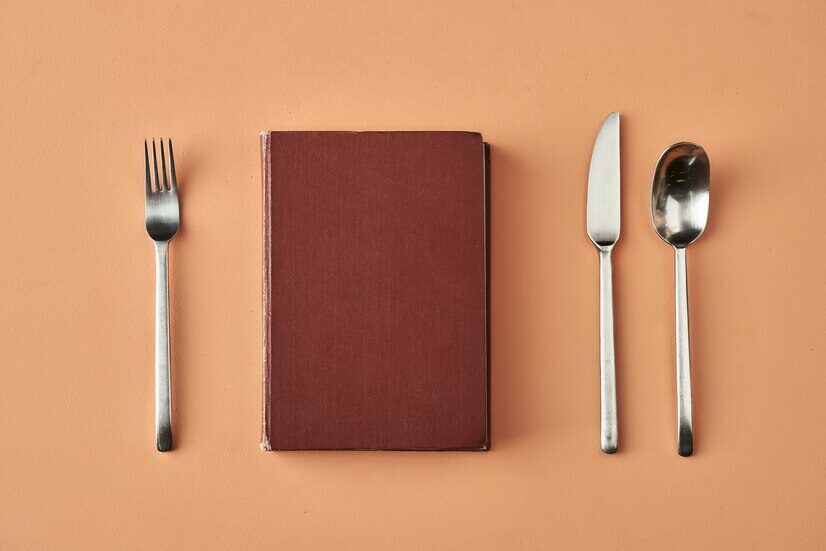In the short story “Gooseberries”, the author, Anton Chekhov, addresses the idea of happiness. The main character, Ivan Ivanich, tells his two friends a story about his brother. Through this, the author brings out some interesting ideas. The storyteller argues that happiness isn’t- or rather shouldn’t be- the greatest goal in life. He cries out for people to believe in a greater purpose, and seek to do good, even perhaps at the cost of their own superficial peace or happiness. He recognized that happiness and perfect peace are not something that can be completely or fully attained in this life, and that there will always be unrest or brokenness somewhere. Which is why we must do good.
Category Archives: Blog Posts
Blog post #2
Blog Post #3
In “Gooseberries” by Anton Chekhov, Ivan Ivanovitch tells a story about his brother in which he conveys how he has come to think of the nature of happiness. What is his understanding of the role and nature of happiness in our lives? How does it relate to the ways one should or should not live?
BLOG POST #2
Throughout Joy Harjo’s, “Perhaps the World Ends Here,” the author uses small stanzas to display a different method in how the kitchen table has proven significant in the family’s lives. She uses opposite meanings to convey the different things that occur at the table. For example, “At this table we gossip, recall enemies and the ghosts of lovers.” She speaks about thinking about the past with bad memories of the enemies and the good memories of people they’d loved but ending sadly. She emphasizes the significance of the table by letting us know how deep the convos and how broad the length of these conversations go. Joy Harjo emphasizes the end of the world as hopefully a bittersweet ending. In that hopefully, the end of the world occurs while they are all sitting around the table so it’s just a poetic ending for them.
Blog post #2
Joy Harjo’s poem “Perhaps the world ends here” discusses life’s positive and negative aspects. The kitchen table is important because it is the center of the house, where everything important, big and small, happens and where a family unit lives. The image of “gifts of the earth” is used to describe food brought to the kitchen table extending the meaning of naturing into the second stanza. Food is a gift from the earth. The demonstration of eating turns out to be intrinsically associated with the land and nature, ‘gifts’ recommending the significance of nature. ” Our dreams drink coffee with us” so that their children can see them come to life. The extremely valuable kitchen table can be seen toward the end of the poem. The metaphorical “table,” which represents all of life, goes through “rain” and “sun” phases, which represent distinct times of those things. These weather patterns are used to create a hopeless illusion of happiness and sorrow for the living. The image of the “table” is always present and powerfully depicts support, regardless of the precise emotion.
Blog Post #2
In her poem “Perhaps the World Ends Here”, Joy Harjo describes all of the many many actions that take place at the kitchen table. She brings in aspects from all areas of life, including childhood and adulthood, joy and pain, birth and death, victory and remorse, and others. She brings into perspective the part that the table itself plays in each of these areas.
Harjo opens by stating that the world begins around the kitchen table, and concludes by suggesting that perhaps the world will also end around the kitchen table. She sets the mood of this final scene with laughter and tears, and writes of “the last sweet bite” which brings into picture the last bite of a meal, but also the last moments of life.
Blog Post #2
In “Perhaps the World Ends Here” by Joy Harjo, the writer uses a kitchen table to represent life and conversations to represent the different stages of life. For example, Harjo starts begins describing the meaning of the kitchen table in infancy, “Babies teethe at the corners. They scrape their knees under it”. She then moves on to childhood, “It is here that children are given instructions on what it means to be human”. Next is adulthood, “Our dreams drink coffee with us as they put their arms around our children”. Finally she arrives to death, “and have prepared our parents for burial here”. These events or “conversations” Harjo recognizes can all be shared and enjoyed in one place, the kitchen table.
Harjo ends the poem by touching on an unexpected topic, the end of the world. However, instead of setting a dark and serious tone, Harjo imagines the end of the world to occur “ while we are laughing and crying, eating of the last sweet bite.” This image of the world ending at a kitchen table, something the writer is very fond of, makes it seem like it might not be such a gloomy thing. Almost as if the moments enjoyed at the “kitchen table” or in life are enough to leave the world satisfied.
Blog 2
How does Joy Harjo develop the idea of the kinds of conversations that take place at the kitchen table? How does she characterize the end of the world?
Introduction
My name is Craig. I am a New Media Tech major. I make music and I stream on twitch (Twitch: bxbysnapzz, Rap Name: Sir Snapzz). I see myself being either a twitch streamer or a Rapper in the future and my major will help me get closer to my goal.


